Images: Denali National Park's Amazing Dinosaur Tracks
Dinosaur Family Dance Party
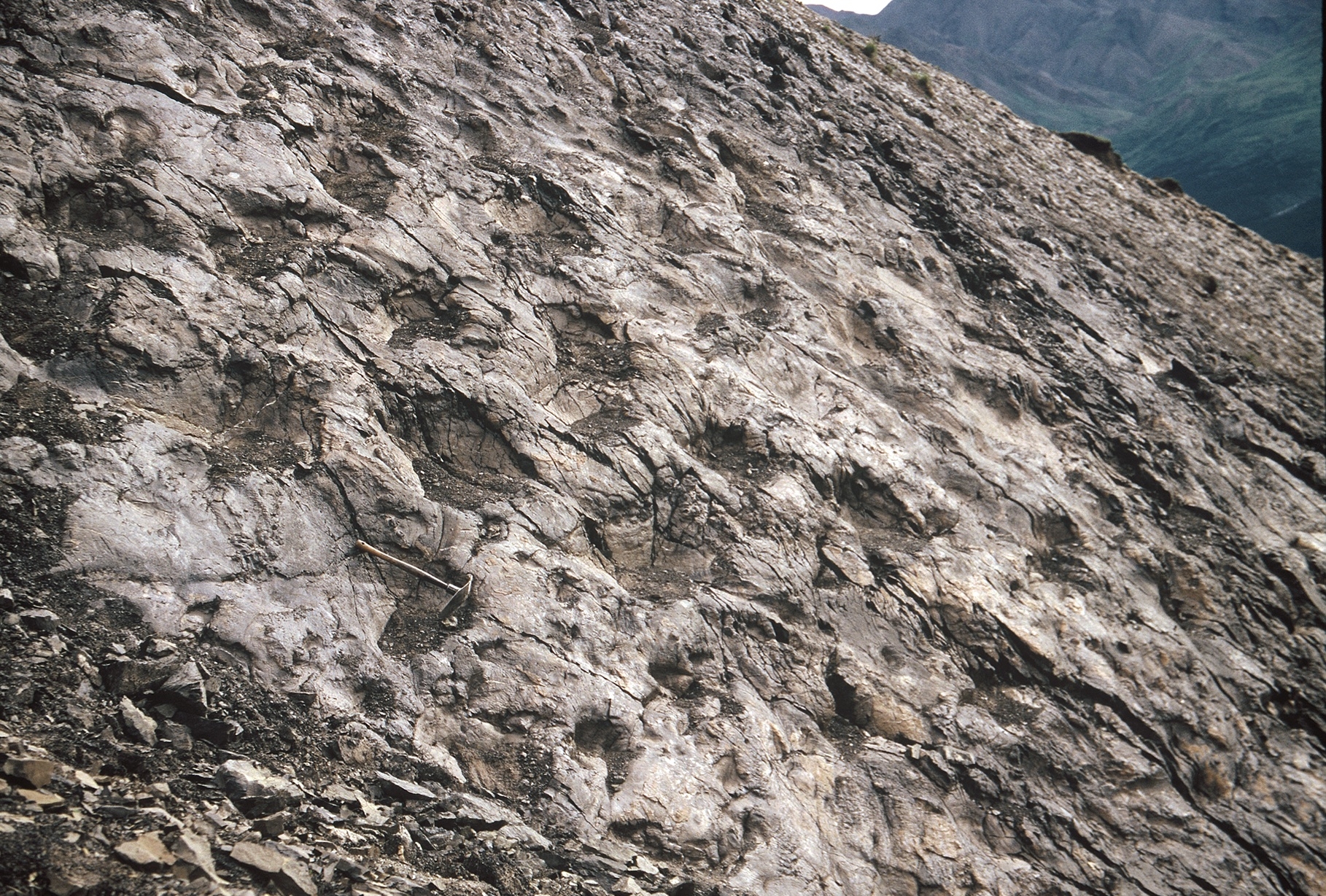
Thanks to an amazing dinosaur track site discovered in Alaska's Denali National Park, scientists now know that duck-billed dinosaurs, also known as hadrosaurs, once roamed in herds under Alaska's midnight sun. [Read the full story.]
Fern prairie
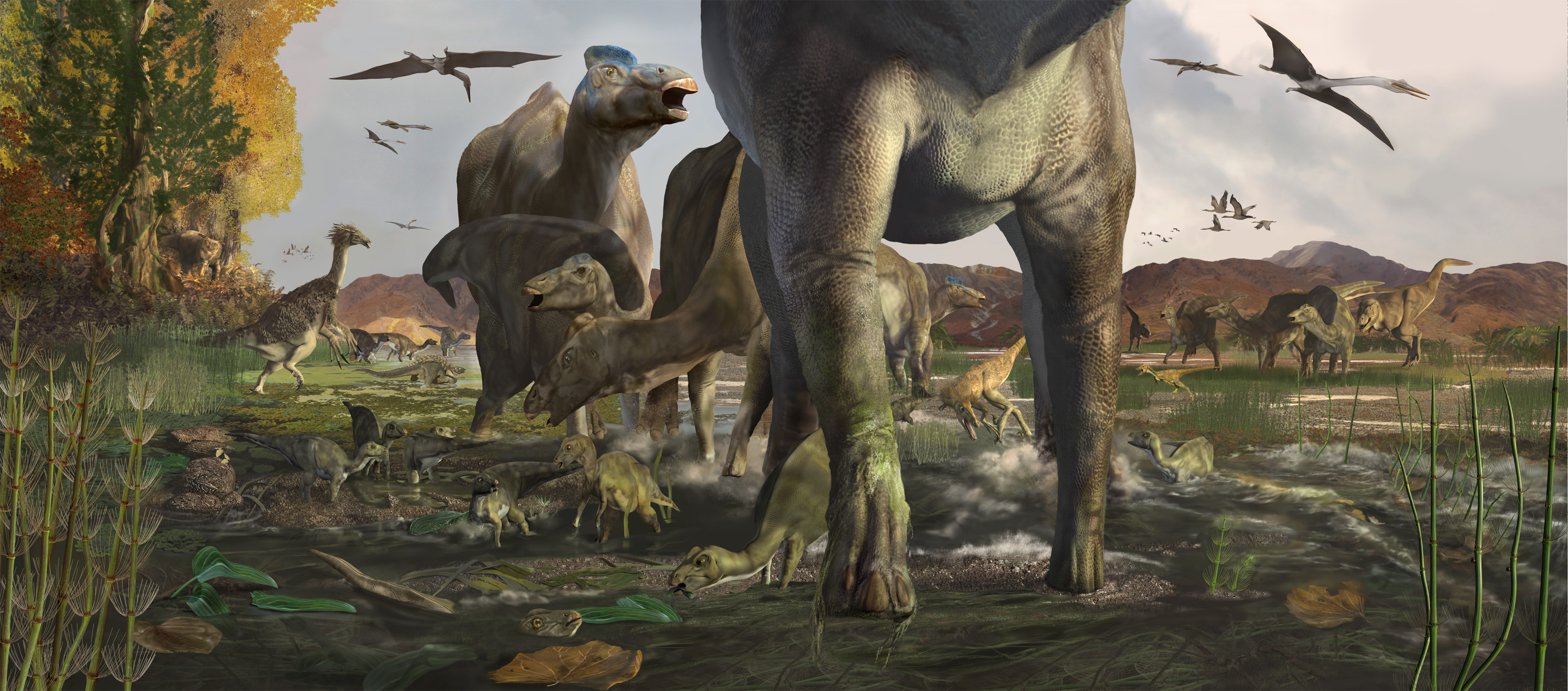
Artist's conception of how the trace fossils were formed roughly 70 million years ago.
Hadrosaur track

A medium-sized track from a duck-billed dinosaur that stomped on muddy ground roughly 70 million years ago.
Amazing find

Skin impressions, like the one shown here, helped paleontologists see what the bottom of the dinosaur's feet looked like.
Family affair

Birds lived at the same time as dinosaurs in the Late Cretaceous Period. Here is a bird track from the same layer as the hadrosaur tracks.
Field ferry
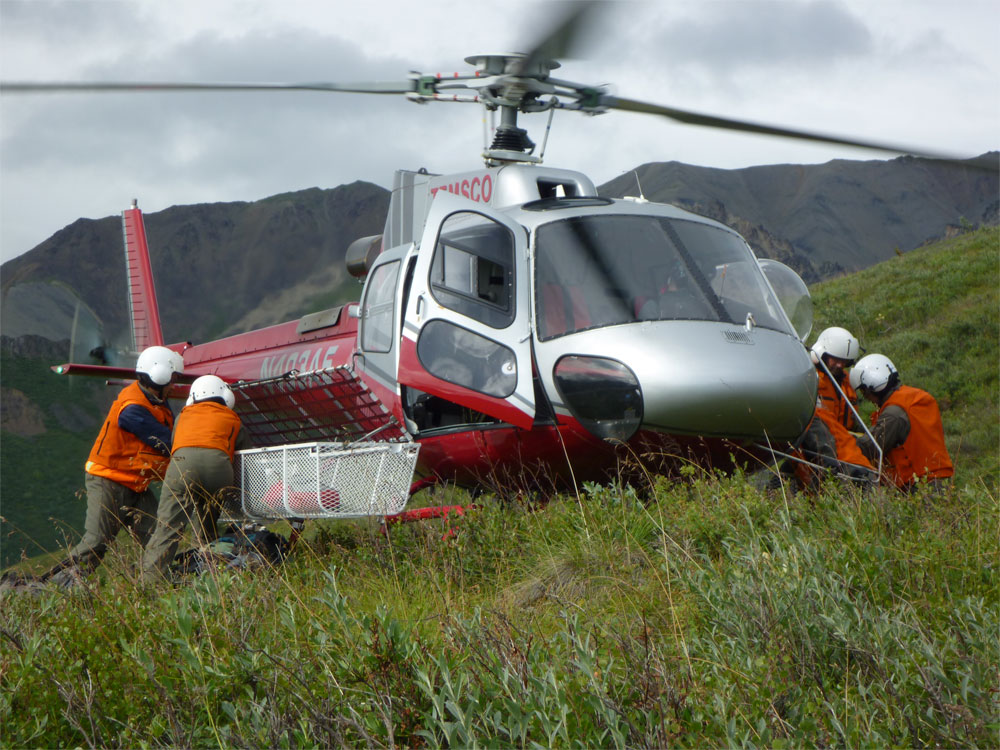
The National Park Service, a study collaborator, used helicopters to ferry hundreds of pounds of equipment and food to the research site.
Dinosaur tracks
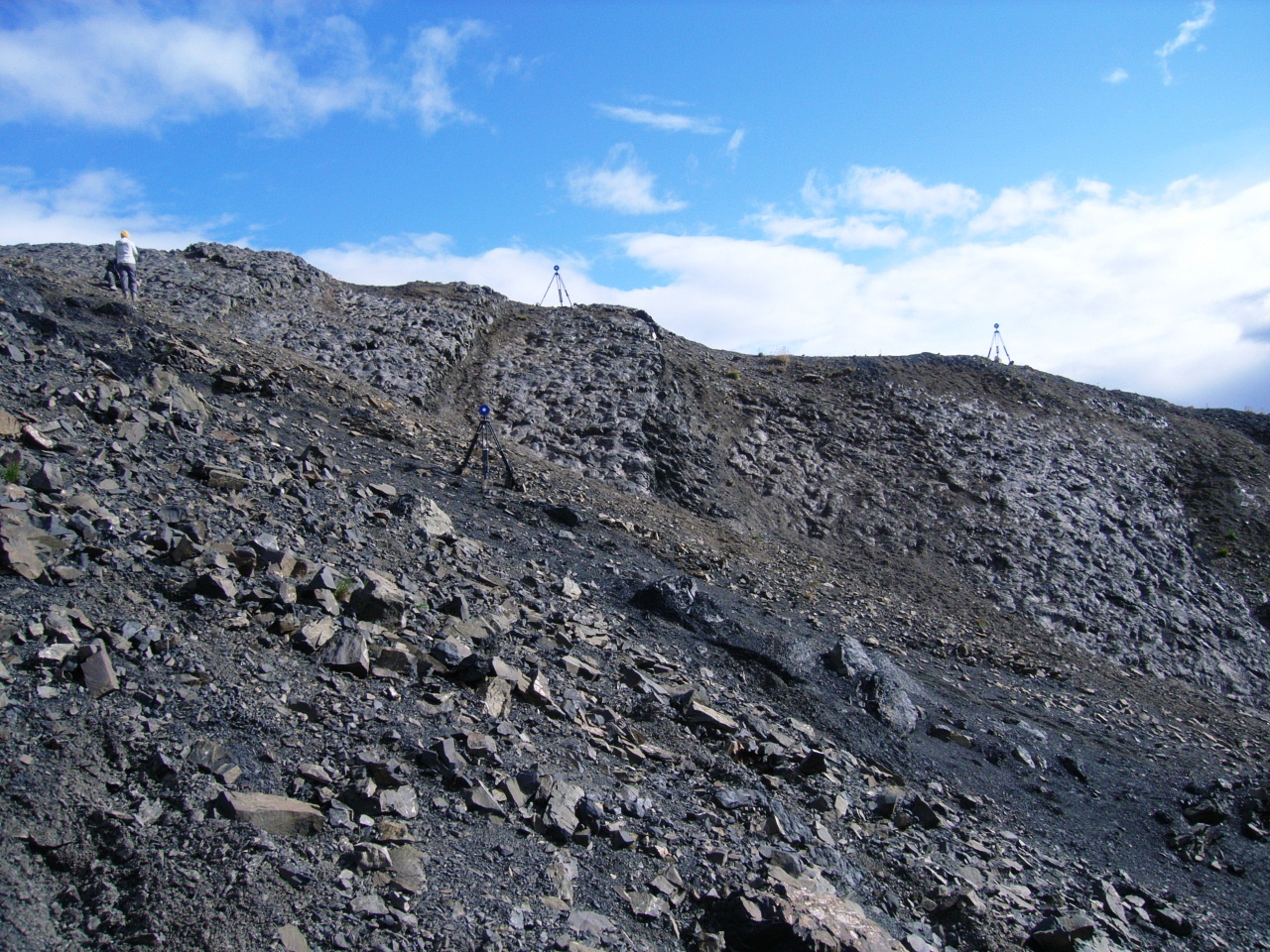
Researchers document the full extent of the amazing dinosaur track site discovered in Denali National Park.
Get the world’s most fascinating discoveries delivered straight to your inbox.
Dino scan
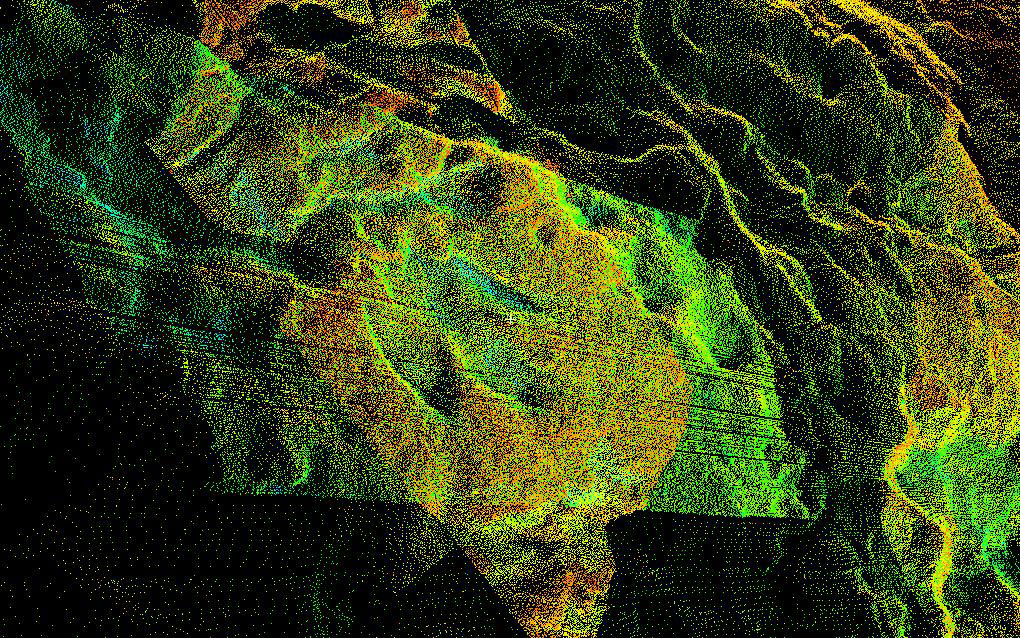
A high-resolution lidar scan of a hadrosaur footprint from the Denali track site. The footprint is about 1.5 feet (0.5 meters) long.
Cleaning rocks
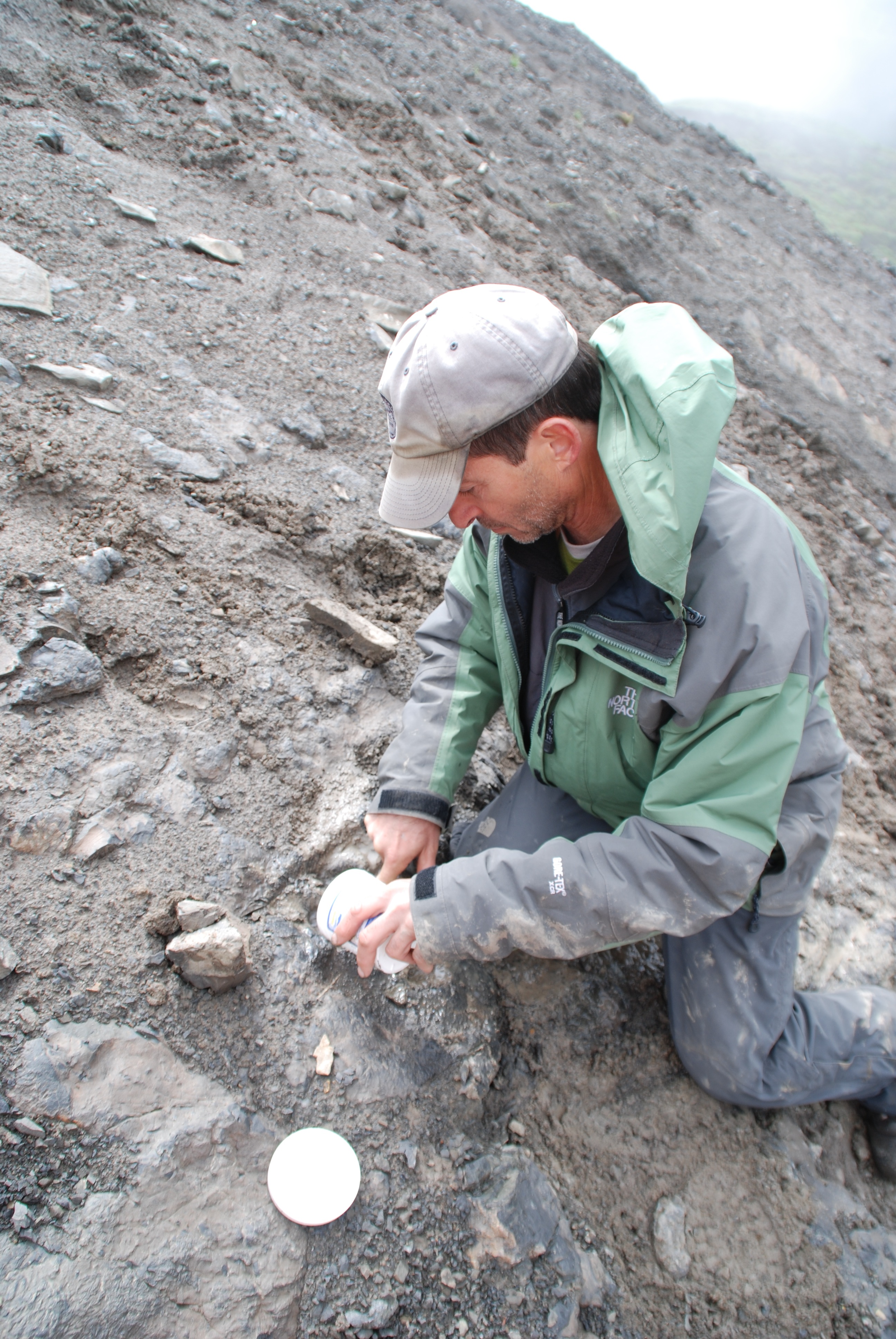
Anthony Fiorillo, curator of earth sciences at the Perot Museum of Nature and Science in Dallas, cleaning a dinosaur track.
Preserved the find
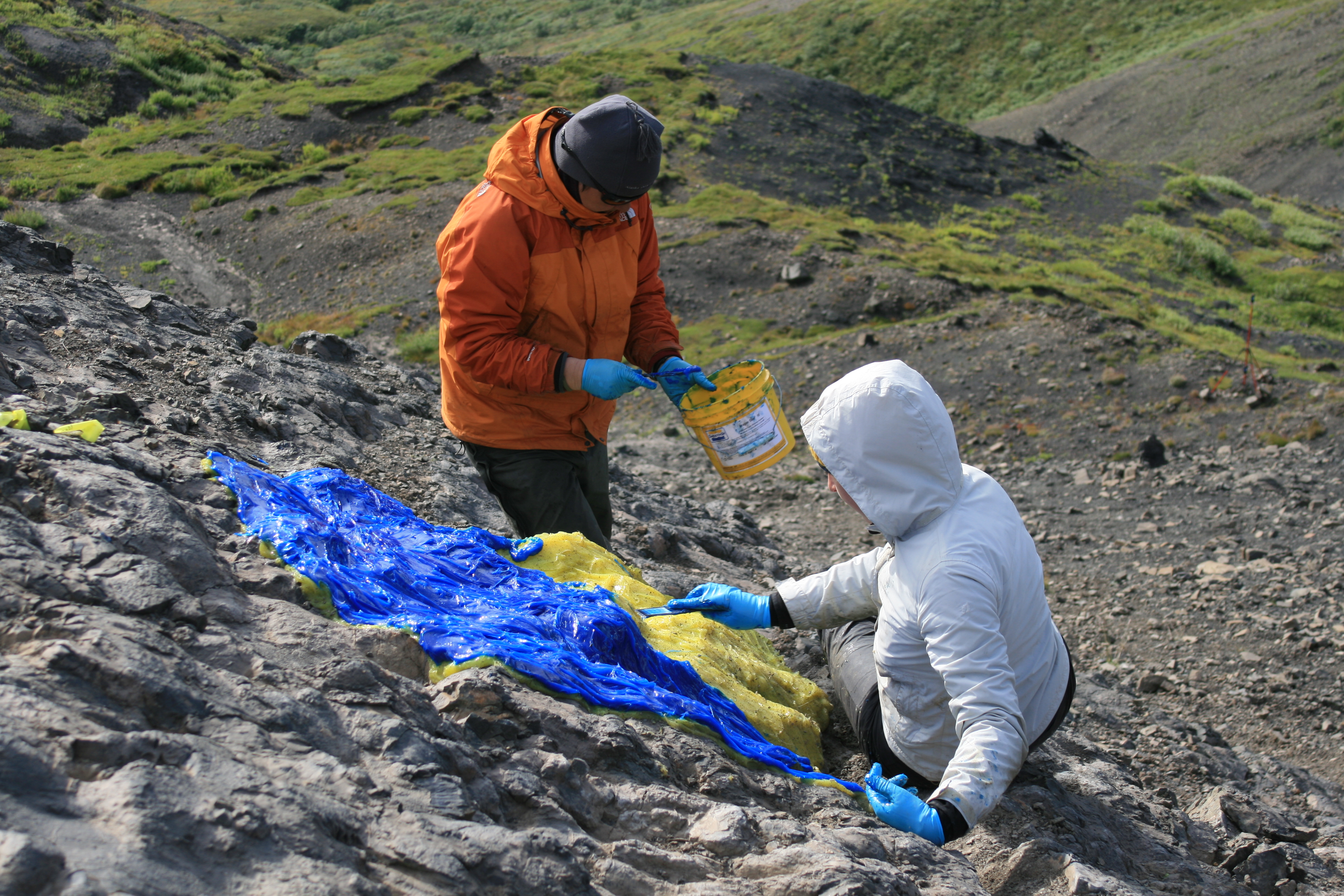
The tracks were exposed by a landslide, and could be destroyed by another rockfall. Researchers carefully documented the tracks with molds, for further study.
Alaskan summer

Weather wasn't always sunny in Denali during field work in 2011.

